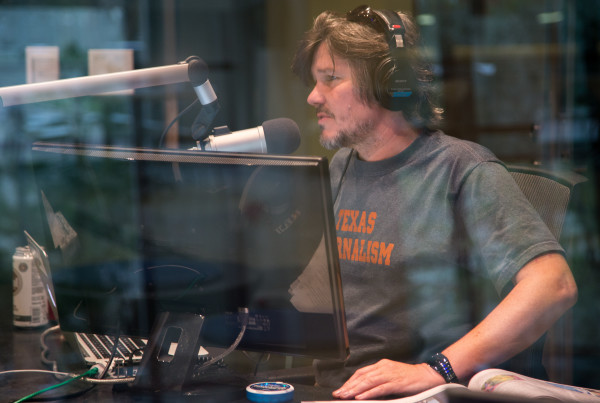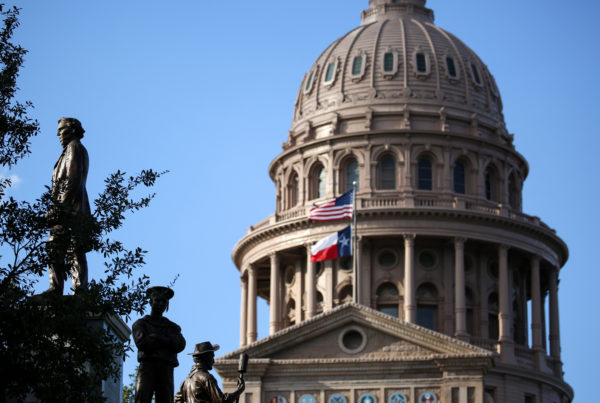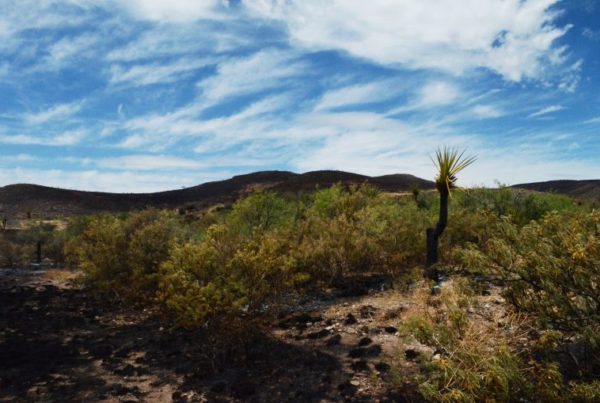You don’t have to be a biologist to know that we humans can and do heavily influence populations of the animals with whom we share the planet – often for the worse. But sometimes, species can adapt to human influences. A species of butterfly called the Edith’s Checkerspot did just that when man introduced a non-native plant to its habitat.
But take that plant away, and you’ve got a “lethal evolutionary trap.” That’s the finding of a new study published last week in the science journal Nature about the Edith’s Checkerspot butterfly. Michael Singer, professor emeritus in the Department of Integrative Biology at the University of Texas, co-authored the study. He is currently teaching at the University of Plymouth in England. He says the phenomenon was observed on a cattle ranch in Carson City, Nevada.
Edith’s Checkerspot butterflies had adapted to a weed called the plantain that moved westward across the U.S., along with the hay used on ranches. They laid their eggs on the plantain. They previously preferred to lay their eggs on a plant called a blue-eyed Mary.
“When [the plantain] arrived in Carson City, Nevada, it was immediately much more suitable for the Checkerspot caterpillars – they survived better on it than the plant they were adapted to, and that they had been feeding on for who knows how long,” Singer says.
By 2005 to 2007, all of the Checkerspots in the area had adapted to the plantain for laying their eggs. But then the ranch was sold, and the cattle removed.
“Because of the fertilization, really, the nutrients left in the ground by it having been used as a cattle ranch, grasses grew up around the plantain and shaded it and cooled it by about 7 degrees centigrade,” Singer says. “It became harder for the butterflies to find the plantain. It became harder for the caterpillars to find it, and they grew more slowly on it.”
Without a suitable plant on which lay their eggs, the butterflies went extinct.
The twist in the story came four years later when Singer and his team returned to Carson City and found that the butterflies had returned.
“They had recolonized through another population that had not been through this evolution,” Singer says. “And when they came back, none of them were eating the exotic plantain. They were all back on the traditional plant they were using before. They had not gone through this evolutionary episode.”
Singer says that taking into account that a species has adapted to human activity is a useful tool in conservation. And sometimes, he says, choices should be made about what to conserve, and what to let go.
“I would say forget the polar bears. It would be so much effort,” Singer says. “And climate change is going to make them either hybridize with grizzlies, or disappear. I would say preserving biodiversity as best you can, without concentrating on particular species. Because you can’t tell which species are going to be important in practice.”
Written by Shelly Brisbin.















